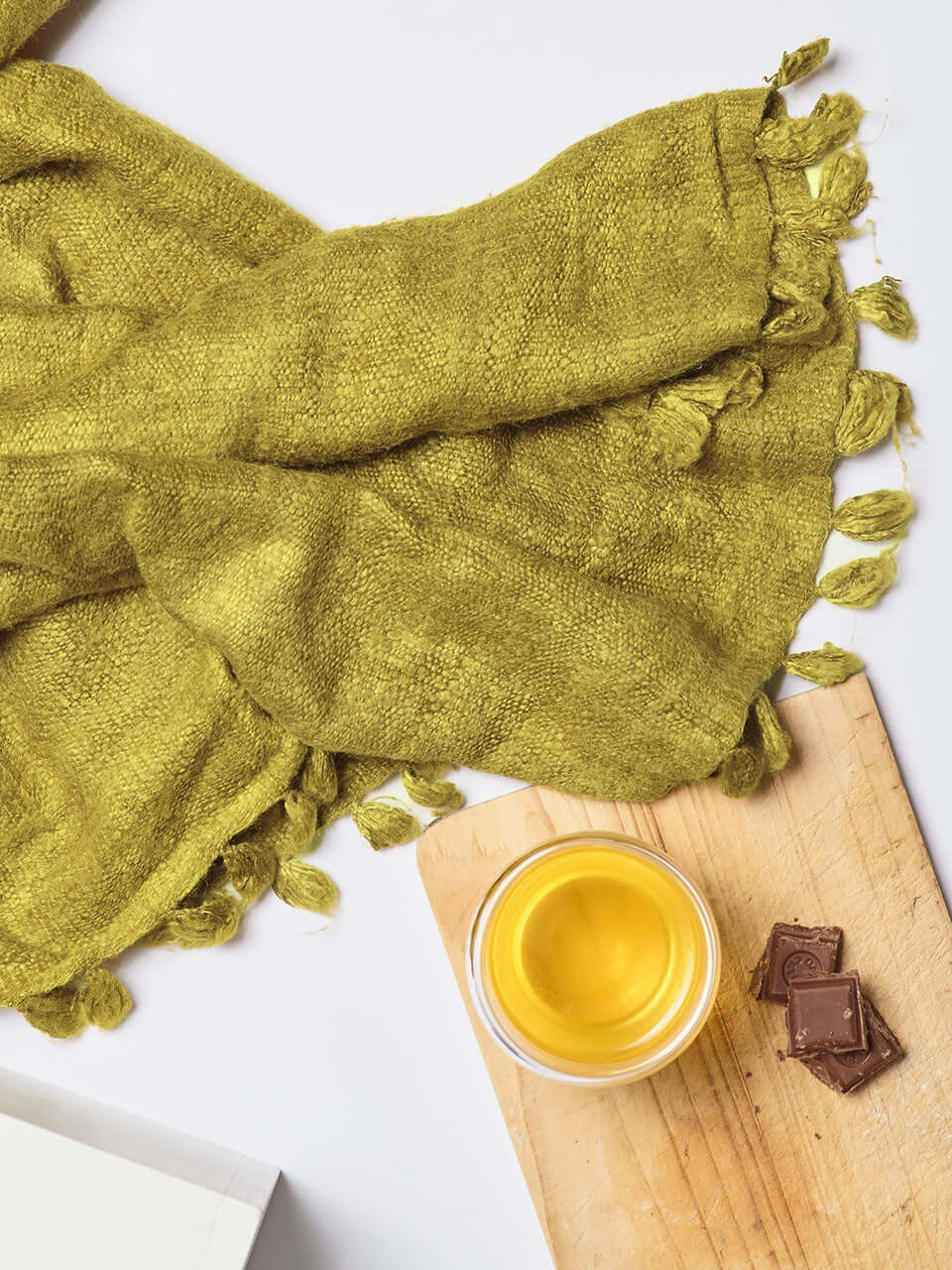
Introduction:
Onion skin, often discarded as kitchen waste, has been repurposed in the textile industry as a sustainable natural dye. The skin of onions contains a significant amount of quercetin, a plant pigment that produces a warm, earthy range of colors. In the North-Eastern states of India, particularly Manipur, Nagaland, and Assam, onion skin dye has become increasingly popular among artisans who are embracing eco-friendly dyeing techniques. The dye is used to create subtle golden, orange, or brown hues, depending on the concentration and mordant used, which makes it a versatile choice for natural fabric dyeing.
Description:
Onion skin dye is obtained from the papery outer layers of onions, which contain natural pigments like quercetin. The dyeing process begins with collecting a significant amount of onion skins, usually from kitchens, markets, or farms. These skins are then boiled in water to release their pigments, creating a rich dye bath that varies in intensity based on the quantity of onion skins and the boiling duration. The liquid is strained to remove the skins, leaving behind a dye solution that can be used on a variety of natural fabrics, such as cotton, silk, and wool.
The color produced by onion skin dye depends largely on the type of mordant used during the dyeing process. For example, using alum as a mordant will produce a golden yellow to light orange color, while iron mordants can deepen the shade into a rich brown. Artisans in the North-East often experiment with different mordants to achieve the desired effect, adding depth and variation to their textiles. The pH level of the dye bath can also affect the final outcome, with acidic environments leading to brighter, warmer hues, while alkaline conditions tend to produce more muted tones.
Onion skin dye is highly favored for its sustainability. It utilizes a waste product that would otherwise be discarded, turning it into a valuable resource for the textile industry. This aligns with the region’s commitment to eco-friendly and zero-waste practices, particularly in states like Manipur and Nagaland, where preserving the natural environment is a cultural priority. By choosing to work with natural dyes like onion skin, artisans can produce textiles that are free from synthetic chemicals, which not only benefits the environment but also ensures that the final product is safe for the wearer, especially for those with sensitive skin.
The process of dyeing with onion skins is relatively simple and accessible, making it a popular choice among small-scale artisans and weavers. The fabric is typically soaked in the dye bath for several hours to allow the color to penetrate deeply into the fibers. Once the desired shade is achieved, the fabric is removed, rinsed, and hung to dry in a shaded area to prevent fading. While onion skin dye is relatively lightfast compared to other natural dyes, it may still fade slightly over time if exposed to prolonged sunlight, especially without the use of mordants.
Onion skin dye has become an important tool in the toolkit of North-Eastern artisans, allowing them to create textiles that reflect the warm, earthy tones of the region’s natural landscape. It is often used to dye traditional garments, scarves, and shawls, adding a touch of rustic elegance to the final product. The growing interest in sustainable fashion has further boosted the popularity of onion skin dye, as more consumers seek out eco-friendly and ethically produced textiles. This ancient practice of natural dyeing, revived and adapted by modern artisans, continues to thrive in the North-East, preserving both the environment and cultural heritage.